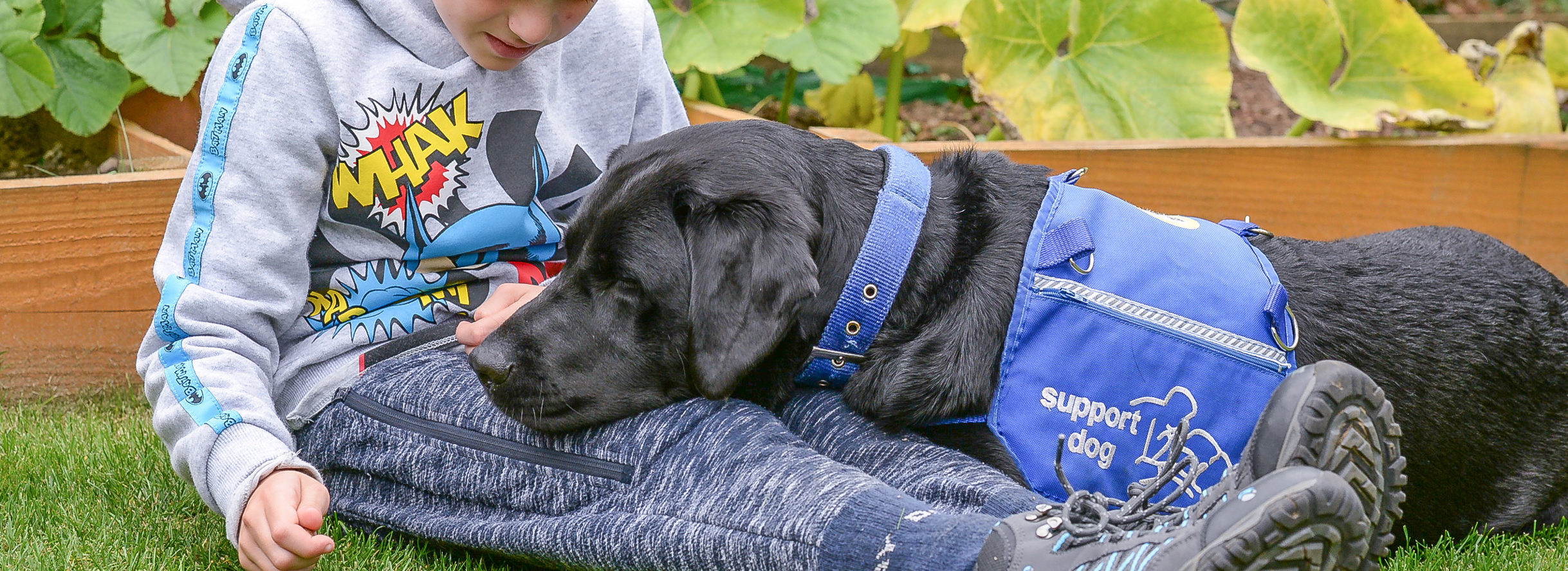
Apprentice assistance dog trainers and instructors help train dogs to help people with physical restrictions, medical diseases, or hearing or visual impairments. In addition to training the dogs, apprentice trainers once qualified will likely provide presentations and demonstrations, generate funds, and instruct other trainers.
Responsibilities
Throughout your apprenticeship, you may help:
- work with volunteers who foster puppies and young dogs
- assess dogs to go forward for training
- train dogs to the standards required
- match dogs to new owners
- train dogs and owners together
- provide aftercare and support for owners and their dogs
- keep accurate records.
Salary
Your salary will depend on the organisation you work for. It could range from £16,000 a year as an apprentice, up to £28,000 if you are an experienced and qualified trainer.
Working hours
Being versatile is also essential since most trainers travel around the country to visit dogs and their owners; however, part-time work in this field is also possible. Most jobs are full-time (Monday through Friday), with just a few requiring night and weekend work, and typically you’ll be working 35 to 40 hours per week.
Working environment
You could work at a client’s business or at a client’s home.
Your working environment may be outdoors in all weathers and you’ll travel often.
Qualifications
Qualifications you can achieve on an assistance dog trainer apprenticeship include:
- Level 2 Animal Care and Welfare Assistant – Entry requirements for this level include some GCSEs, usually including English and maths, or equivalent, for an intermediate apprenticeship. This qualification typically takes around 12 months to complete.
- Level 4 Animal Trainer – Entry requirements for this level include 4 or 5 GCSEs at grades 9 to 4 (A* to C) and A levels, or equivalent, for a higher or degree apprenticeship. This qualification typically takes around 18 months to complete.
Skills
On on an assistance dog trainer apprenticeship, you’ll learn:
- to be thorough and pay attention to detail
- patience and the ability to remain calm in stressful situations
- the ability to work on your own
- customer service skills
- the ability to work well with others
- the ability to accept criticism and work well under pressure
- knowledge of teaching and instructing
- thinking and reasoning skills
- to be able to carry out basic tasks on a computer or hand-held device.
Career path and progression
You can rise to a higher position, such as area team supervisor, training manager, or regional training manager with experience. You might also aid Dog A.I.D, an organisation that teaches people with physical impairments how to train their dogs in general obedience and specialised tasks to help them manage their handicaps in everyday life.
Your training experience might lead to a career in care support, such as a rehabilitation worker. Other options include working in a related field, such as veterinary nursing, or as an RSPCA inspector. You might also use your skills to become self-employed and establish your own business, offering services such as dog obedience courses or private dog training.
